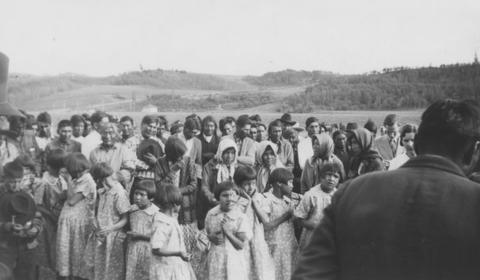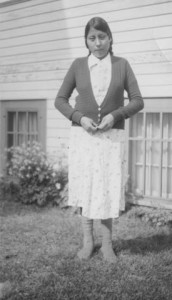This post was by far the most fun and the hardest to write: On one hand, I didn’t need to do any research on the creator—after all, who knew me best but me? On the other hand, I could no longer pretend to be the “objective critic” peering through the files of some bygone historical figure. What was originally intended to be a brief, perfunctory scroll through my Facebook page turned into a two-hour stroll down memory lane. As a daily user of Facebook, it was difficult to switch hats and become a user of the archive. After all these, were my memories—weren’t they? Finding room for critical distance was near impossible.
Perhaps this anxiety is what Joanne Garde-Hansen, in her chapter “MyMemories?: Personal Digital Archive Fever and Facebook,” gestures towards when she urges us to “move toward understanding personal digital archiving as the expression of memory rather than history” (136, added italics). Garde-Hansen complicates our idea of how social media platforms such as Facebook function as a form of personal digital archives. Drawing on Derrida’s seminal paper, “Archive Fever,” to demonstrate how these soi-disant private archives are both more institutionally and publically influenced than anticipated, she writes, “we cannot ignore the powerful politics of archiving and friendship at stake in SNSs [social network sites]” (136).
Garde-Hansen cites many convincing examples to demonstrate the institution’s control over user content—she must be one of the few people on earth who have actually read the entire user legal agreement, and while parts of her paper are obviously outdated, recent developments on Facebook only go to support her larger claim. Now and then, ready-made videos (“On this Day” and “Year in Review”) will pop up on the user’s newsfeed, a slideshow of pictures curated by Facebook to celebrate friendship anniversaries or important moments, such as “Beatrice and Jocelyn: Friends on Facebook since 2012” or “Highlights of 2016”. However, as hard as Facebook tries to “story,” to borrow Sinor’s verbification of the term, the presence of its underlying database logic is still jarringly apparent. Just the other day, I received a notification that a video documenting my friendship with Gary Turner* was ready to be posted (*name changed). Who is this dude, what is he doing on my wall, and why would I want to share this video? It turns out that Gary was an acquaintance from high school and whose friend request I had been too polite to decline. Facebook’s algorithm had assumed that we were close buddies since we had both been tagged in a series of grad photos that received a lot of likes. I thought this was a neat instance of how Facebook controls our memories. Garde-Hansen writes that “the wall is only really meaningful to the user” (143), but I would argue that this too is no longer so. Albums which only have one photo of me end up on my wall. Videos commemorate memories I never made. Not only does the “technical structure determine how… private memories come into public existence” (137), but the underlying mechanisms of a social media archive determine what can and should be remembered. The institution has become a smart computer. In this day and age, the creator has no control over her own archive.
Last thoughts:
One of the “dangers” of a social media archive is that traditional methods of categorization are not and were never meant to be applied. The fonds no longer exists. Whereas the 9/11 Archive, though disorganized, still maintains some sense of archival classification (Collection: Photography >> Creator: Mark Phillips >> Item: Satan in the Smoke), each Facebook wall, if we can consider them “collections” of an individual, are so fluid that clicking on a picture posted on your wall will lead you immediately to another friend’s album by means of a hyperlink. Hyperlinking is not only an “exteriorisation of history” (144), but a meshing together of identities and private archives. This trans-creator aspect of social media archiving demonstrates how people are not bounded beings; we are populated by our memories of and interactions with others. The social media archive most clearly illustrates this by the way it replaces the hierarchical structure of classical archival organization by an interactive and often messy web of associations.
Works Cited:
Garde-Hansen, Joanne. “MyMemories?: Personal Digital Archive Fever and Facebook.” Digital Memories. Basingstoke: Palgrave Macmillan, 2009. 135-150. Print.

